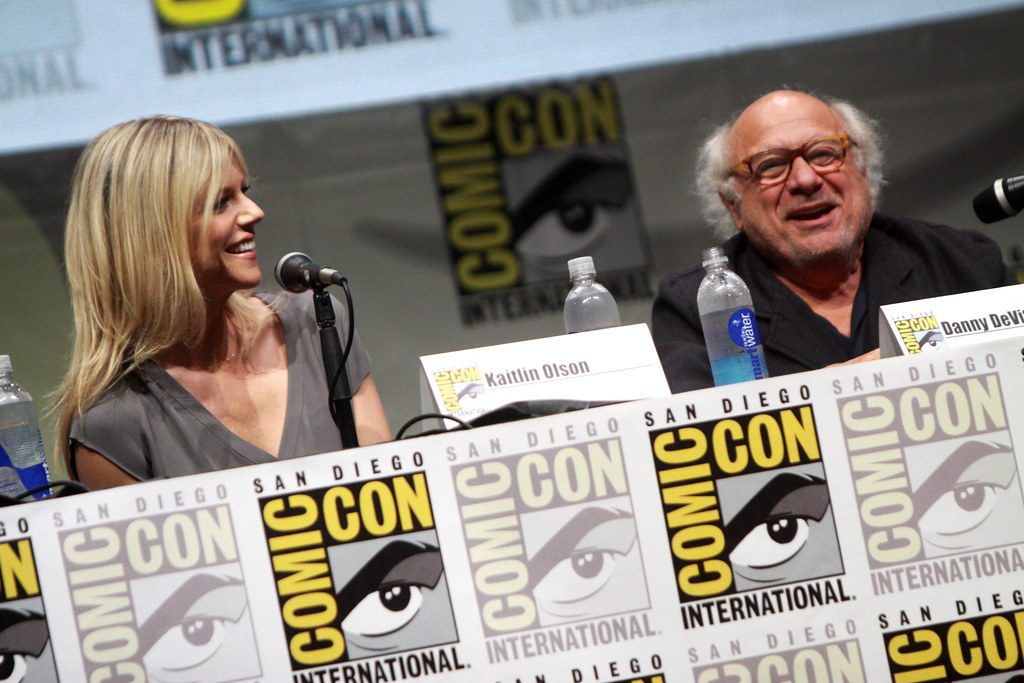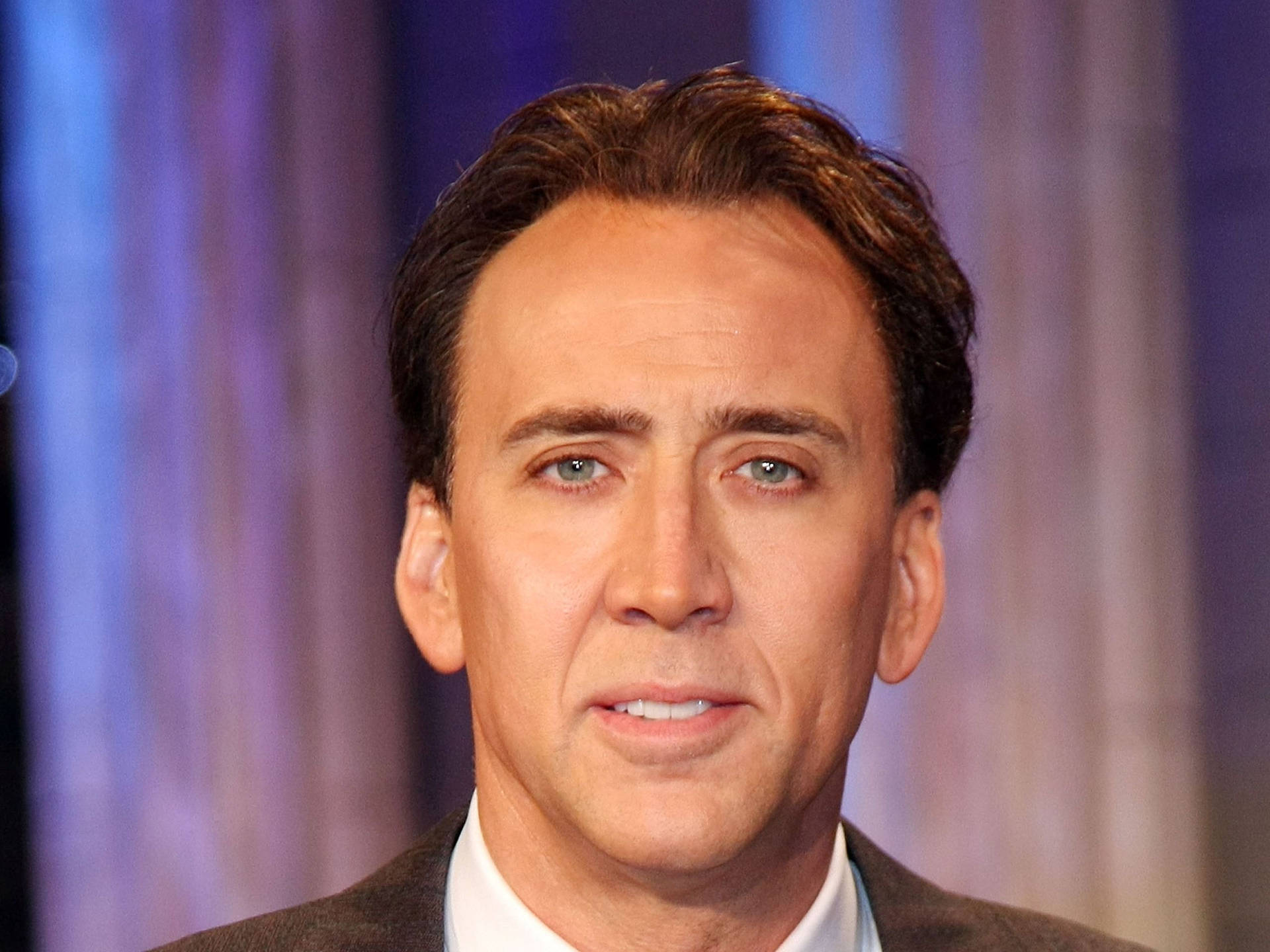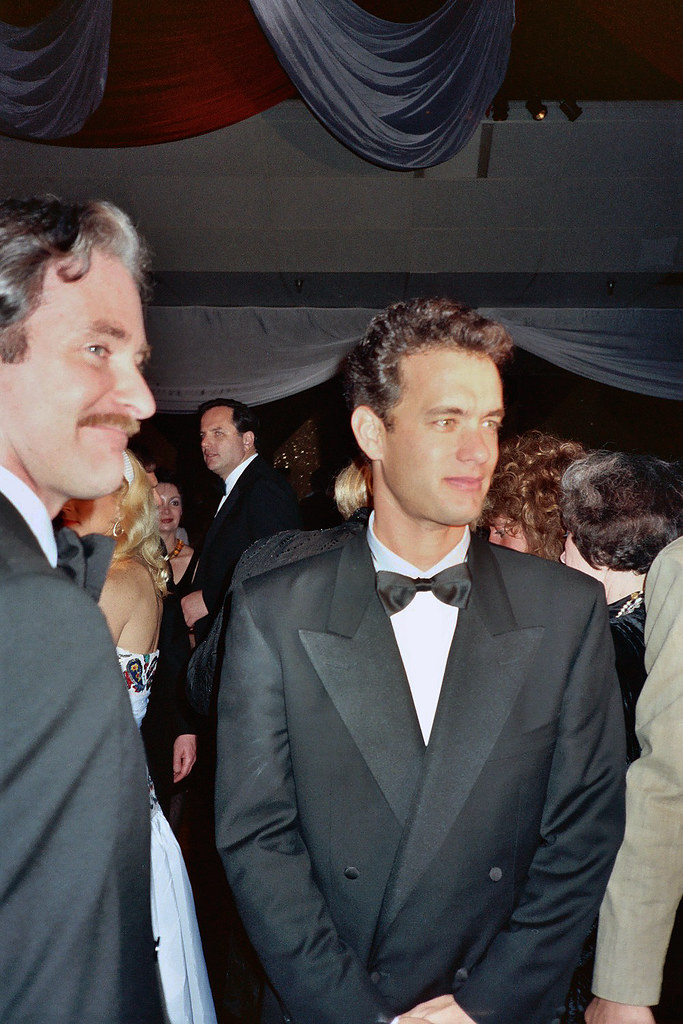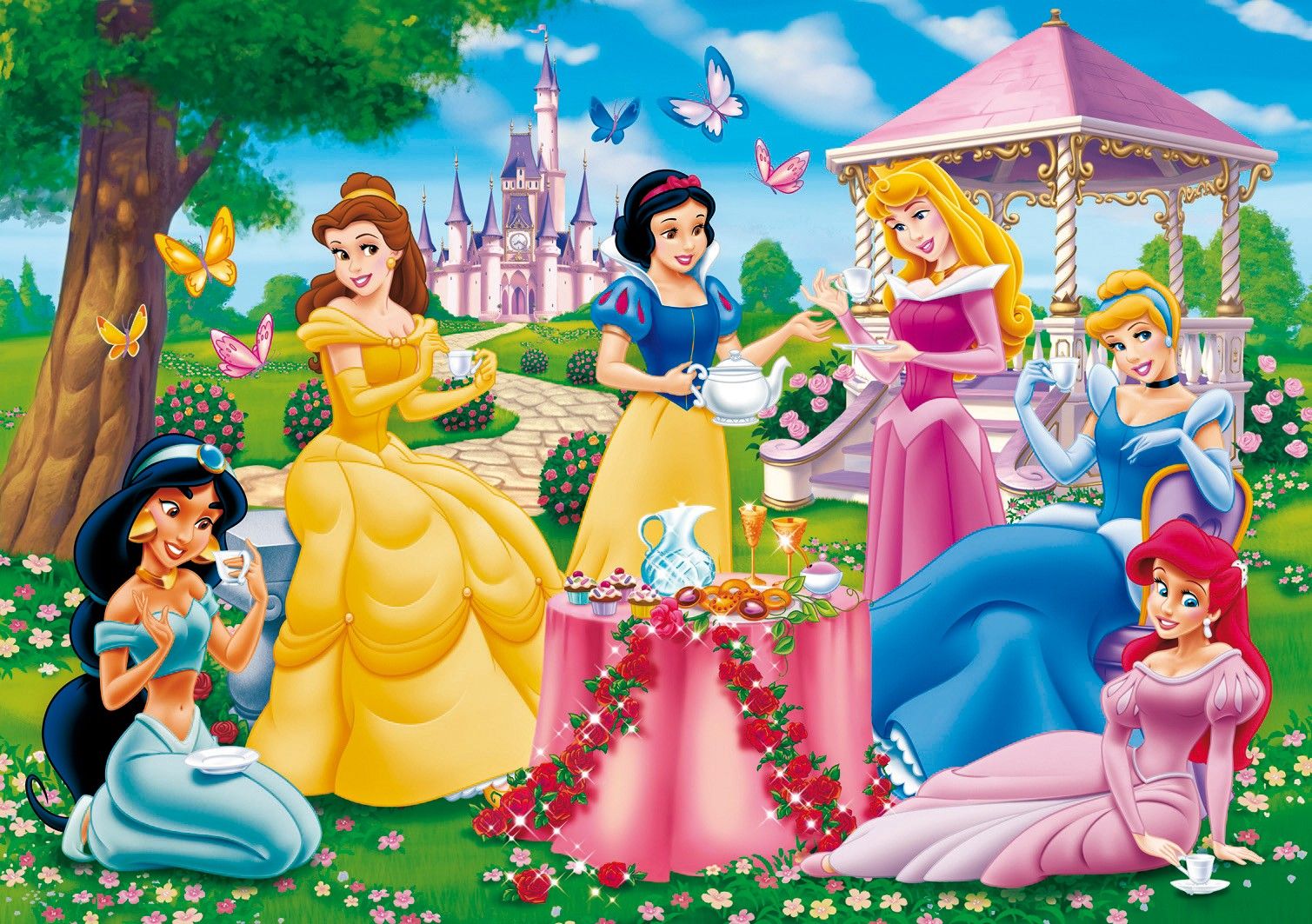
Okay, so here’s the deal with Hollywood: for the longest time, it seemed like they had a very specific blueprint for success. We’re talking about pretty faces, chiseled jaws, and a certain kind of polished demeanor, all wrapped up in a package designed to sell dreams on the silver screen. The industry, it believed, knew exactly what audiences wanted. But then, something amazing happened. A whole bunch of performers came along who completely defied those expectations, proving beyond a shadow of a doubt that charisma, talent, and star power can actually come in every conceivable shape, size, and personality. These are the actors who were once deemed “too weird” for Tinseltown, only to turn their perceived liabilities into their most undeniable assets.
It’s a truly fascinating look at how the entertainment world had to expand its horizons and embrace the extraordinary. These aren’t just stories of overcoming obstacles; they’re narratives of resilience, self-belief, and the sheer force of unique artistic vision. From distinctive physical appearances to intense, unpredictable acting styles, these stars didn’t just fit into Hollywood; they reshaped it entirely. They reminded everyone that true talent isn’t about fitting a mold, but about breaking it into a million glorious pieces.
So, get ready to dive into the incredible journeys of some of the most memorable faces to ever grace our screens. We’re talking about the game-changers, the rule-breakers, the ones who proved that being different isn’t just okay—it’s often the secret ingredient to becoming legendary. Let’s kick things off with the first wave of these amazing, unconventional talents who carved out their own unique paths to stardom.

1. **Danny DeVito**Standing at just 4’10”, Danny DeVito’s diminutive stature initially presented what seemed like an insurmountable barrier in image-conscious Hollywood. After graduating in 1962, he didn’t immediately jump into acting. He first worked as a cosmetician before enrolling at New York’s American Academy of Dramatic Arts, initially to study cosmetology. However, destiny had other plans, and he fell head over heels in love with acting instead.
His journey truly began with the iconic role of Louie De Palma, the cynical taxi dispatcher in the hit show *Taxi*, which ran from 1978 to 1983. This role was a game-changer, earning him critical acclaim and showcasing his incredible comedic timing and dramatic depth. It proved that his physical appearance was not a limitation, but rather a distinct part of his memorable screen presence.
Throughout the 1980s, DeVito solidified his status as a beloved character actor. He consistently delivered standout performances in films like *Romancing the Stone* and *Ruthless People*. His ability to inhabit diverse characters, from darkly humorous to surprisingly endearing, demonstrated that his unique persona was exactly what audiences wanted, even if Hollywood hadn’t initially known it.
:max_bytes(150000):strip_icc():focal(714x399:716x401)/willem-dafoe-beetlejuice-uk-premiere-012125-50d14e3c8ea546f4a3196fa450ff18e0.jpg)
2. **Willem Dafoe**Raised in Appleton, Wisconsin, by his nurse mother and surgeon father, Willem Dafoe came from a middle-class household that seemed miles away from his future as Hollywood’s go-to intense character actor. His early career had a rocky start; in 1979, he was given a role in Michael Cimino’s notorious *Heaven’s Gate*.
However, Dafoe was famously fired during the production of *Heaven’s Gate*. This early dismissal was a clear indication that his unconventional energy and intense presence didn’t quite fit the traditional Hollywood molds of the time. It was a challenging beginning that might have deterred a less determined actor, but Dafoe clearly had a vision for his unique path.
His first true leading role came in *The Loveless* (1982), a biker drama that truly showcased his intense on-screen presence and unmistakable charisma. From there, he didn’t just find a niche; he built a distinguished career by consistently delivering powerful, often unsettling, performances that proved his “unconventional energy” was exactly what certain roles demanded, turning early rejections into a testament to his distinct appeal.

3. **Lakeith Stanfield**For a long time, Lakeith Stanfield’s performances seemed to confuse Hollywood. They felt too quirky for serious drama, too intense for straightforward comedy, and too unconventional for what casting directors typically envisioned as traditional leading-man roles in mainstream productions. His gangly frame, unpredictable energy, and an outright refusal to fit into any recognizable “type” often left agents and casting directors scratching their heads.
This uncategorizability initially seemed like a significant career liability. He didn’t neatly fit into any box, which in a formula-driven industry, can be a major hurdle. However, this very quality, his ability to shape-shift and embody wildly different personas, was soon realized by discerning filmmakers to be an unprecedented and invaluable asset.
Each role Stanfield took on showcased a completely different facet of his talent, from surreal comedy to profound historical drama. He began to gain significant recognition for his powerful and versatile performances in well-known films like *Selma*, proving that his unique energy and chameleon-like abilities were not weirdness to be overcome, but rather a singular strength to be celebrated.
:max_bytes(150000):strip_icc():focal(730x245:732x247)/Philip-Seymour-Hoffman-Death-Anniversary-020124-tout-cbb8bfc4027840f0bbbbb47571a4cf9b.jpg)
4. **Philip Seymour Hoffman**Philip Seymour Hoffman faced significant hurdles due to his physical appearance. Described as pudgy, balding, and perpetually sweaty, he looked nothing like a conventional leading man, which was a major disadvantage in an industry often obsessed with traditional good looks. Early casting directors often saw him only as “the fat guy” or a generic villainous character actor, struggling to envision him carrying complex dramatic films.
Despite these initial perceptions, Hoffman’s sheer talent and dedication were undeniable. He consistently delivered powerful supporting performances that hinted at the depth he possessed. It was a slow build, but every role, no matter how small, was imbued with an authenticity and intensity that set him apart from his peers.
Hoffman’s Oscar-winning performance in *Capote* silenced every single doubter when he completely disappeared into Truman Capote’s distinctive persona. His portrayal required him to master Capote’s unique voice, mannerisms, and profound psychological complexity. This role unequivocally proved that total commitment to character and unparalleled acting prowess could transcend any physical limitations, establishing him as one of the greatest actors of his generation.

5. **Nicolas Cage**Born Nicolas Kim Coppola, Nicolas Cage took a deliberate and somewhat unusual step early in his career: he changed his surname to “Cage.” This wasn’t a whim; it was a conscious decision to forge his own reputation and escape the shadow of his famous uncle, Francis Ford Coppola, without relying on powerful family connections. He even dropped out of school at seventeen and briefly worked selling popcorn at the Fairfax Theater, building his own path from the ground up.
His unconventional approach to method acting quickly became legendary, often reaching extreme levels of immersion. Famously, to achieve the raw rage needed for his gangster character in *The Cotton Club*, Cage smashed a street vendor’s remote-control car. This intense, sometimes erratic, commitment to his roles marked him as a unique force in Hollywood, for better or worse, and certainly stood out from the typical acting playbook.
Despite these extreme methods and the occasional eyebrow-raising performance choice, Cage enjoyed early success and, at one point, was considered one of Hollywood’s highest-paid actors. His willingness to take risks and completely commit to even the most bizarre characters ultimately cultivated a fiercely loyal fanbase and a career filled with iconic, unforgettable performances, proving that his brand of “weird” was, in fact, magnetic.

6. **Helena Bonham Carter**Industry typecasting nearly destroyed Helena Bonham Carter’s career before it truly began. After her superb performance in *A Room with a View* (1985), she found herself repeatedly cast as an “English rose” in a string of period dramas. This label, which forced her into a very specific and restrictive niche, was something she despised and actively fought against throughout her early career, yearning for roles that offered more depth and eccentricity.
Her path to acting was unconventional from the start. At just thirteen years old, Carter used winnings from a poetry contest to keep her photo in the prestigious casting directory, Spotlight. She was even rejected from King’s College, Cambridge, because officials harbored fears that she would leave mid-term for an acting opportunity, a testament to her undeniable, if untamed, talent.
But her persistence paid off. Helena Bonham Carter eventually broke free from the “corset queen” stereotype. She transitioned from period dramas to becoming the eccentric muse for director Tim Burton, embracing a darker, more whimsical, and delightfully weird aesthetic. Her willingness to embrace the unconventional transformed her career, proving that she was far more than just an English rose; she was a versatile force of nature.

:max_bytes(150000):strip_icc():focal(749x0:751x2)/Helena-Bonham-Carter-Says-She-Wanted-to-Wear-Black-Following-Painful-Divorce-from-Tim-Burton-121622-1-3d7ccbf4a8034c699cb4709810957387.jpg)


